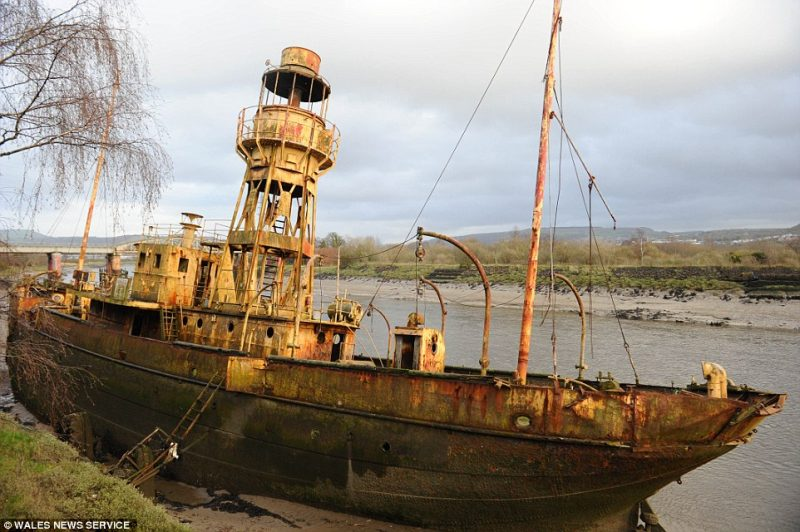A lightship, number LV72, helped to guide Canadian forces through a minefield in the English Channel, on their way to Juno Beach during D-Day in 1944.
Today, amateur historian Daniel Broom, is taking on the challenge to rescue and restore the ship before it rusts into oblivion in the mud and debris on the shoreline of the River Neath in Swansea.
Credited with saving thousands of lives during the Allied invasion LV72, also renamed Juno, was supposed to be broken up for scrap in 1973 when it was sold to a local steel supply company, but somehow the vessel escaped the acetylene torch and instead has slowly rotted as the memory of its wartime role has also faded.
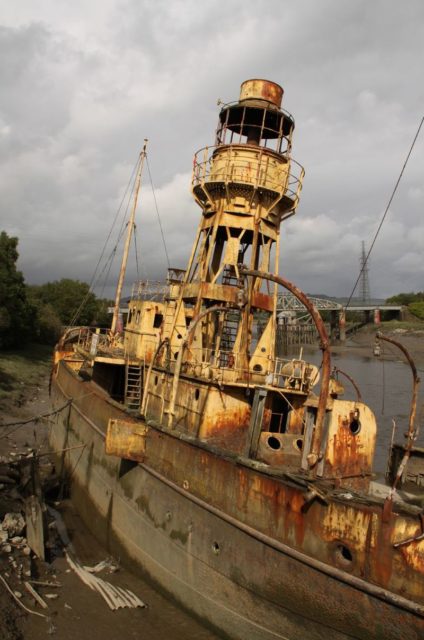
Broom is hoping that the ship can now be saved and returned to her former glory with a role as memorial to all those who gave their lives on the beaches of Normandy, calling the ship a “hero” in her own right.
Her hull was first laid down in early 1903 and she was launched later that year. LV72 had been ordered by the Trinity House Lighthouse and Light Vessel Authority and used the very same hull plate and rivet construction as the more famous and ultimately doomed Titanic. Up until WWII LV72 was in use in a number of stations in UK waters.
Just another anonymous number on the Trinity House sea charts, she was picked out for use during Operation Overlord, D-Day, to light the way through a safe route between the mines laid off the coast of Juno Beach.
“Juno was one of the last safe sights the Canadian troops on the landing craft would have seen before hitting the beaches,” said Broom of the vessel, “(and) for me the ship’s active service in the war is worth preserving her alone.”
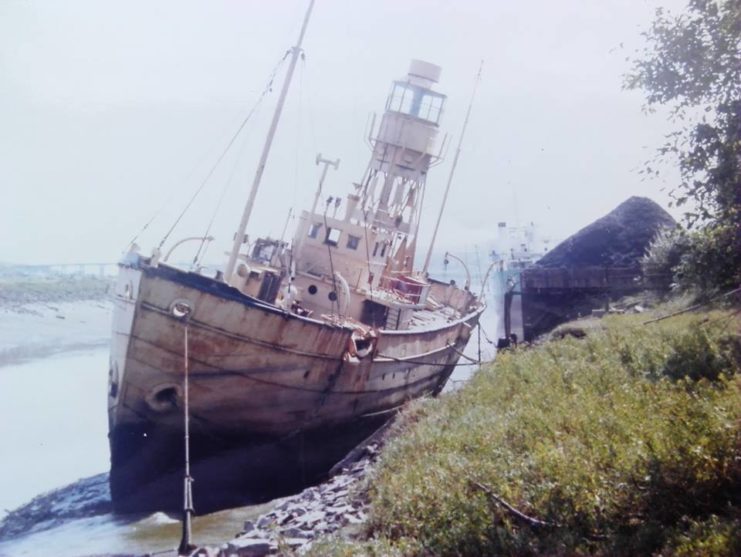
He has started a campaign to discover the current ownership of the ship and has been in contact with naval charities and fellow enthusiasts to raise interest in the project before seeking funds. The local and national UK press has also picked up on Broom’s enthusiasm for the project and his championing of a little-known contribution to the story of D-Day.
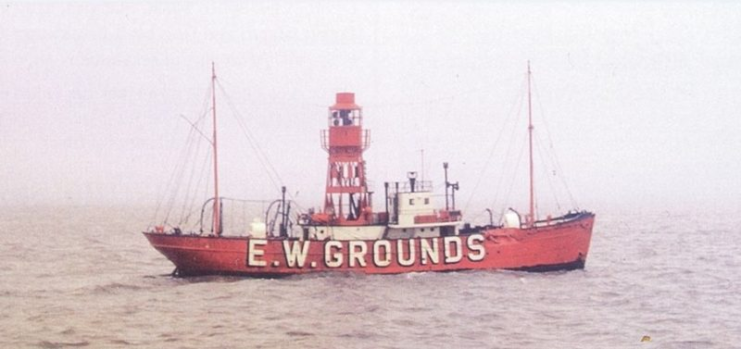
However, after nearly half a century of neglect on the banks of the Neath, LV72 is in a bad way with the lower decks flooded and the hull losing integrity, but Broom is encouraged by the fact that the ship still remains “relatively complete.”
On June 6th, 1944, the Canadian 3rd Infantry Division landed on the beach at Courseulles-sur-Mer just before 8am. Their objective was to cut off the road between Bayeux and Caen and capture Caen’s Carpiquet airport to the West of the city.
At the end of the day they had managed to link up with the British 50th Division that had landed at Gold Beach to the West, but the British 3rd Division, which landed on Sword Beach to the East remained cut off. Into the gap came the German 21st Panzer Division, causing mayhem in just a three-kilometre stretch.
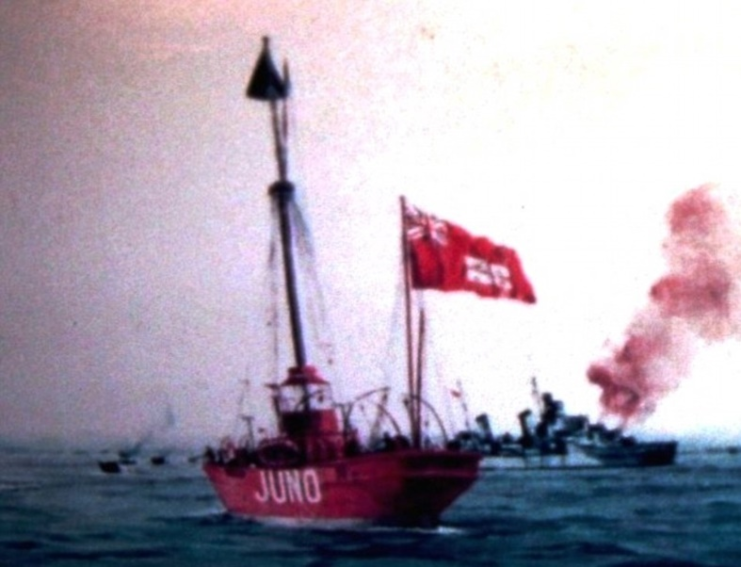
The Canadians lost 1,200 out of 21,400 troops but by the end of the first day their infantry had advanced further inland than any of the Allied invasion forces.
The British and Canadians from Sword and Juno were able to make contact and link up the next day and managed to achieve a continuous front with American forces by the end of the following week. The subsequent capture of Cherbourg and Caen took longer than anticipated, but the airport finally fell to the Canadians on the 5th July with the city following two weeks later.
There is a Facebook group dedicated the “Friends of LV72”.
The heroics of the Allied Invasion force have been memorialised and remembered in many ways, but perhaps it is the smaller, though essential parts of the operation, that can help us to remember the wide range of contributions to the effort to overthrow Nazism and drive it out of Europe.
Another Article From Us: Historic USS Texas Turned Over to Foundation for Maintenance & Operation
Lightship LV72 was just one of over 7,000 ships involved during D-Day, and with Daniel Broom’s help it might help shed yet more light on an historic WWII event.
